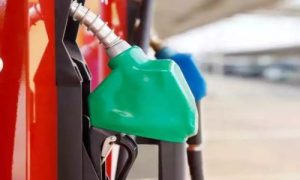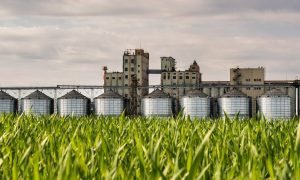SECI invites proposals to develop essential infrastructure required to establish green hydrogen hubs across country

The Solar Energy Corporation of India (SECI) has issued a call for proposals to develop green hydrogen hubs under India’s Green Hydrogen Mission. This initiative aims to establish at least two hubs by FY 2025-26, each with a minimum capacity of 100,000 metric tonnes per annum. The INR 200 crore budget will support infrastructure like storage, transportation facilities, pipelines, refueling stations, and water treatment. The hubs will facilitate domestic use and export of green hydrogen, focusing on regions with existing hydrogen-dependent industries.
The Solar Energy Corporation of India (SECI) has announced a call for proposals to develop critical infrastructure needed to establish green hydrogen hubs throughout the country. This initiative is a key component of India’s Green Hydrogen Mission, which aims to identify and develop regions suitable for large-scale green hydrogen production and utilization.
A green hydrogen hub is a designated area that includes a network of green hydrogen producers and consumers, either for domestic use or export, supported by comprehensive infrastructure for hydrogen storage, processing, and transportation. These hubs may be located inland or near ports to facilitate the export of green hydrogen and its derivatives. Potential sites include regions with clusters of refineries, fertilizer plants, and other hydrogen-dependent industries.
SECI’s latest Call for Proposals anticipates the establishment of at least two green hydrogen hubs by the financial year 2025-26, each with a minimum production capacity of 100,000 metric tonnes per annum (mtpa). The initiative is backed by a budget of INR 200 crore until FY 2025-26, dedicated exclusively to supporting the core infrastructure of these hubs.
The funding under this scheme will support essential infrastructure components, including storage and transportation facilities for green hydrogen and its derivatives, pipeline networks, hydrogen refueling stations, and technologies for hydrogen compression and liquefaction. The scheme will also finance water treatment facilities, such as desalination plants, port bunkering facilities for large vessels, upgrades to shipping infrastructure, expansion of port and jetty facilities for exports, power transmission infrastructure connected to grid substations, and the creation of new dedicated substations. Additionally, land redevelopment and energy storage solutions will be supported to manage renewable energy inputs effectively.

















